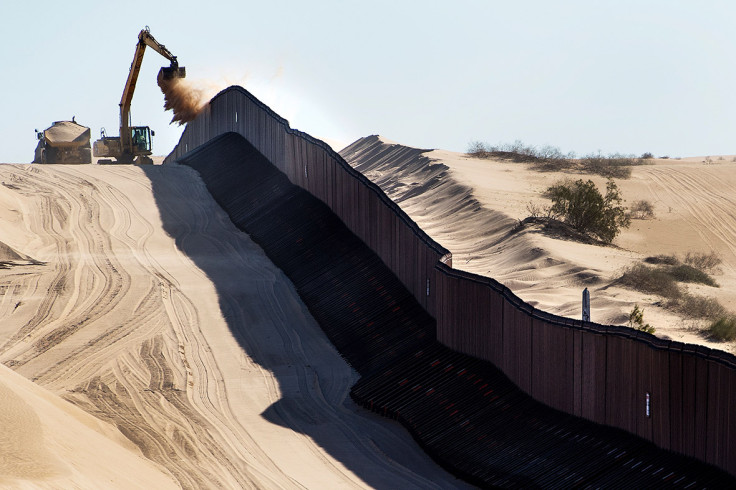Trump's Mexican border wall could be death knell for endangered species
History shows that building big walls can have devastating consequences for wildlife.

US President Donald Trump has long promised to build a 20ft high wall along America's southern border with Mexico - a promise that has led to international ridicule, and diplomatic spats between the two countries.
However, as Congress decides whether or not to include funding for the wall in the annual funding bill for the federal government, people are speaking up for a forgotten group that would be badly affected by the proposed construction: wildlife.
Scientists are warning the wall could become a barrier that may seriously harm migratory animals and even threaten the chances of survival of those most at risk.
"That region that the wall is going across is huge, and crosses not just one ecosystem but multiple highly sensitive ecosystems," Jayde Lovell, a science communicator and host on TV science channel ScIQ, tells IBTimes UK.
How do we know that a big wall affects ecosystems? History, of course. Studies have shown that the Great Wall of China "basically broke up species" of plants, Lovell says. Plants on different sides of the wall ended up becoming genetically diverse.
The wall would affect animals in a similar way. Lovell says that for some it would merely be an "annoyance" but for others, it could be "catastrophic".
"There are some species that live in that border area that are highly endangered and would be extremely sensitive to a huge disruption like this," Lovell says. The ocelot is one example. Although the little big cat can be found across South America, only around 50 individuals still survive in the United States.
"Imagine if 25 are stuck on one side and 25 are stuck on the other," says Lovell. "You have basically created two gene pools that are very small - so you're going to face problems with these endangered species that may not be able to have enough genetic diversity to survive."
Dingo fence disaster
Another thing to worry about is the law of unintended consequences. Back to history: "There is a 3,000 mile long fence called the dingo fence that was built in Australia to protect farmers' sheep from wild dogs," Lovell says.
"What they didn't realise was that the fence also protected the kangaroos from the dingos, so by taking away a predator the kangaroo population massively increased". Kangaroos and sheep were then fighting for grazing land, a consequence far more detrimental to the farmers than the dingos had been.

Migratory species could also be affected. When migratory patterns are disturbed, it affects the species' ability to survive the migration. "We've seen this when you take away swamp land," Lovell says. "If you drain a swamp ... it means that migratory animals can't stop in that area and it has a huge impact on their ability to survive the migration."
There again, Trump always did say he wanted to drain the swamp...
There is already a fence along much of the US-Mexico border but fences are permeable and animals can generally cross. A 20ft concrete wall would have a whole different kind of impact. We can't yet be sure of its full effects on wildlife, but they are unlikely to be good.
As Jayde Lovell warns: "There will be consequences, particularly for migratory animals, particularly for endangered animals - but there will be unintended consequences as well."
With ideological arguments part of how to fund such a massive project, the administration has its work cut out to push through the wall. With the effect on wildlife, another obstacle they might come up against is the Congressional Animal Protection Caucus.
The Caucus's co-chair Representative, Earl Blumenauer, told IBTimes UK: "Animals don't stay within arbitrary borders. A wall would cause disastrous effects throughout entire ecosystems and could decimate threatened and endangered species."
© Copyright IBTimes 2025. All rights reserved.






















